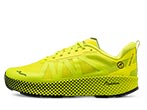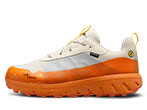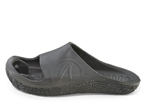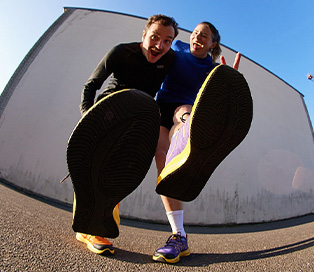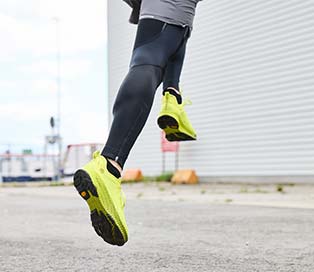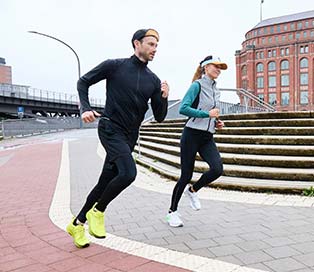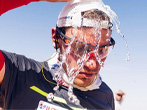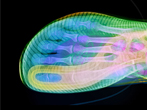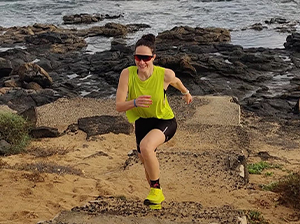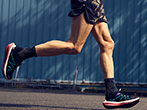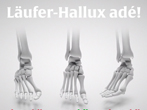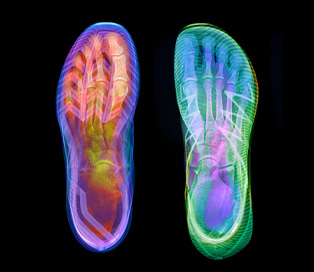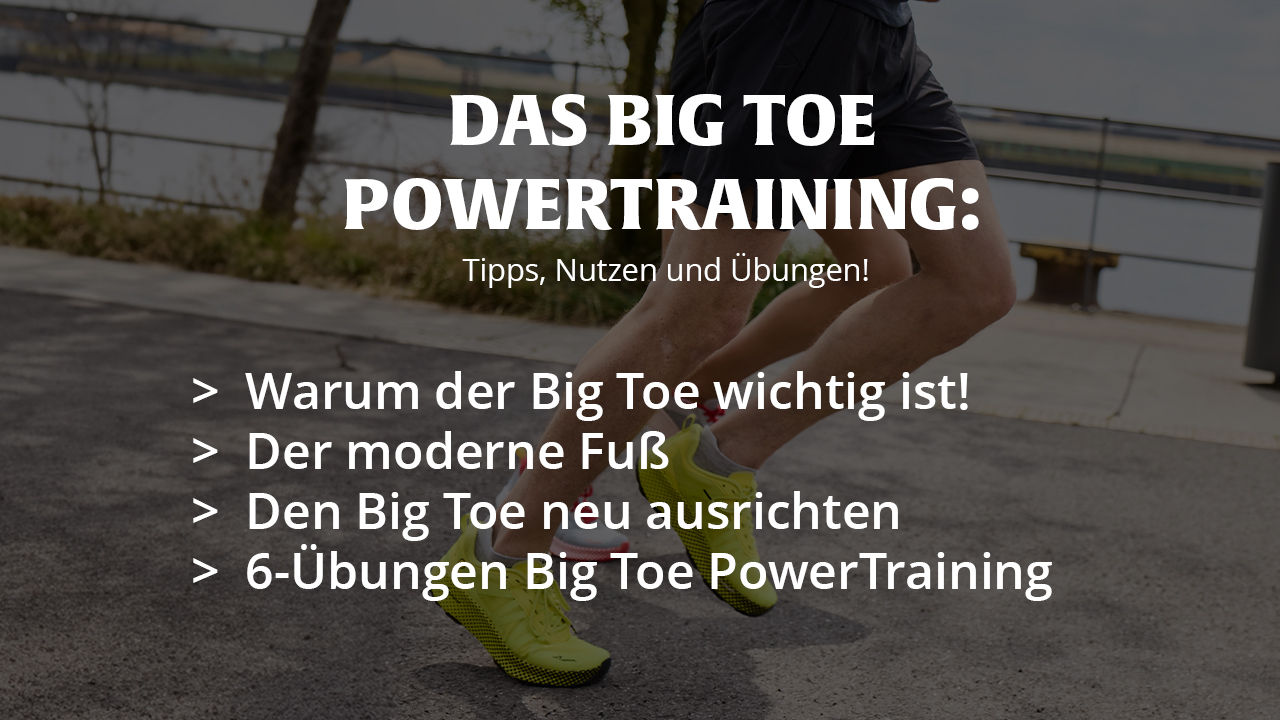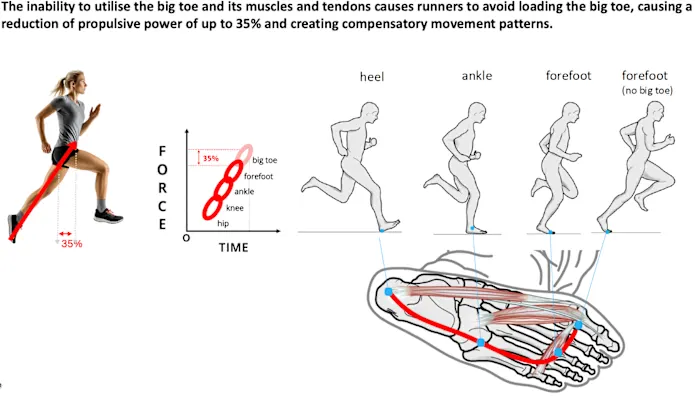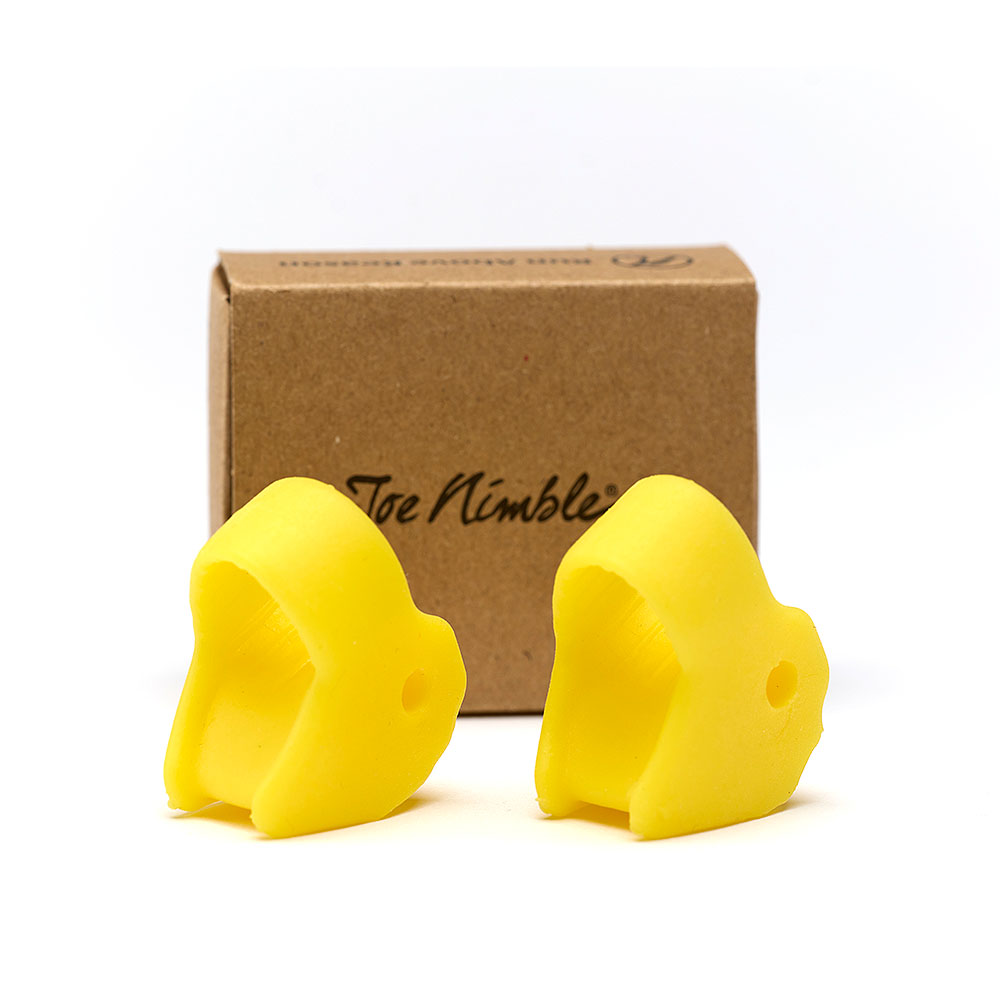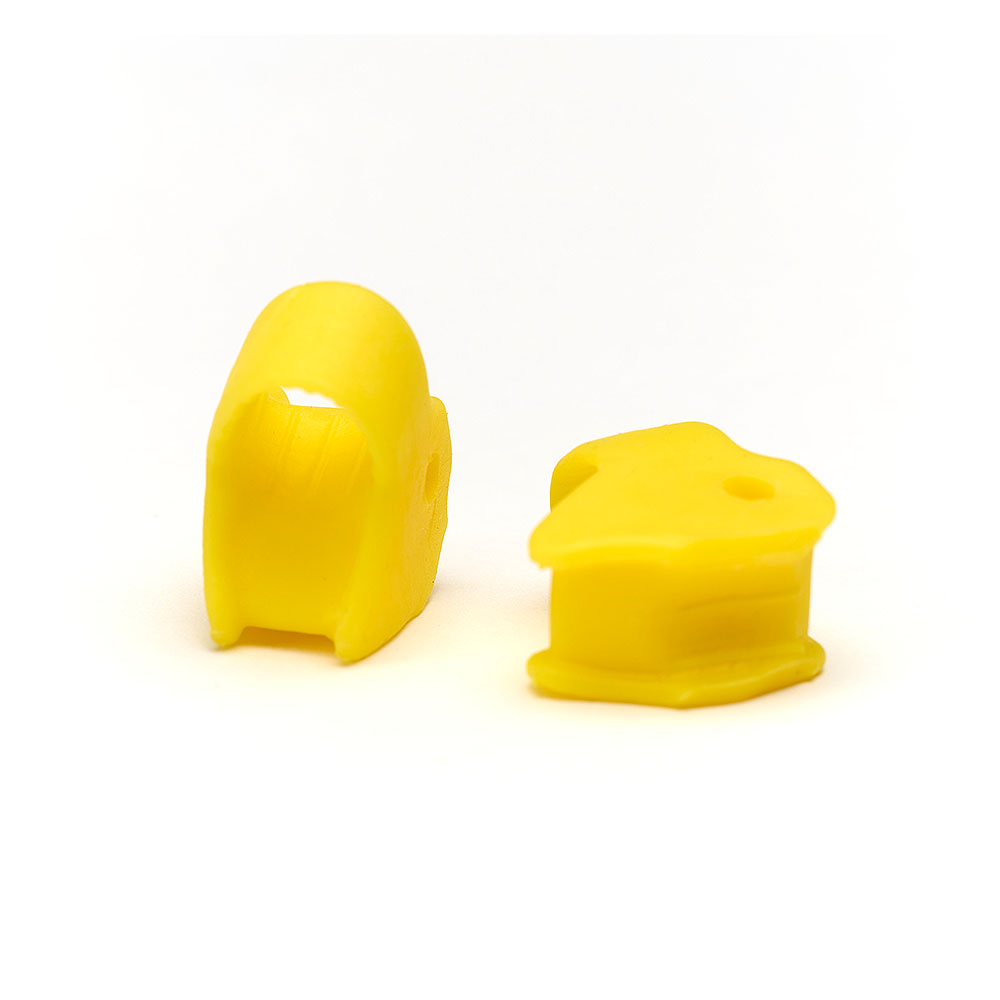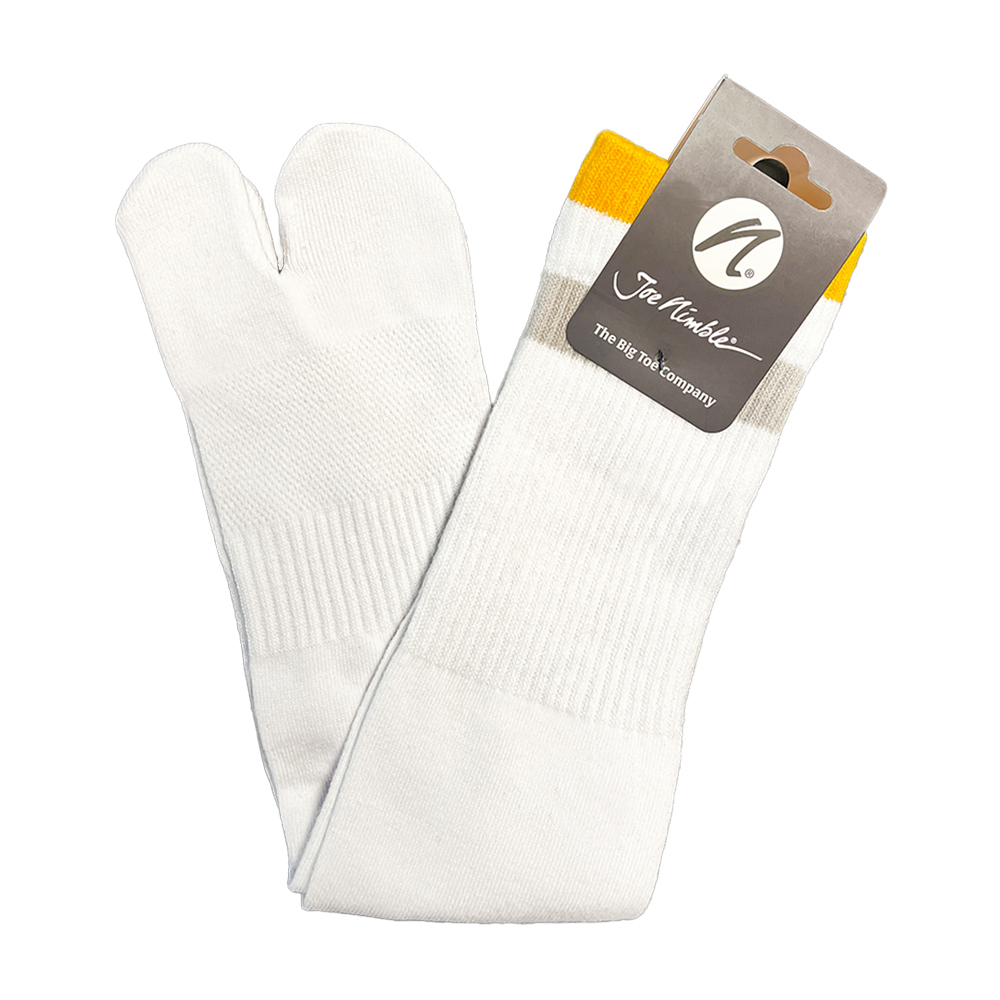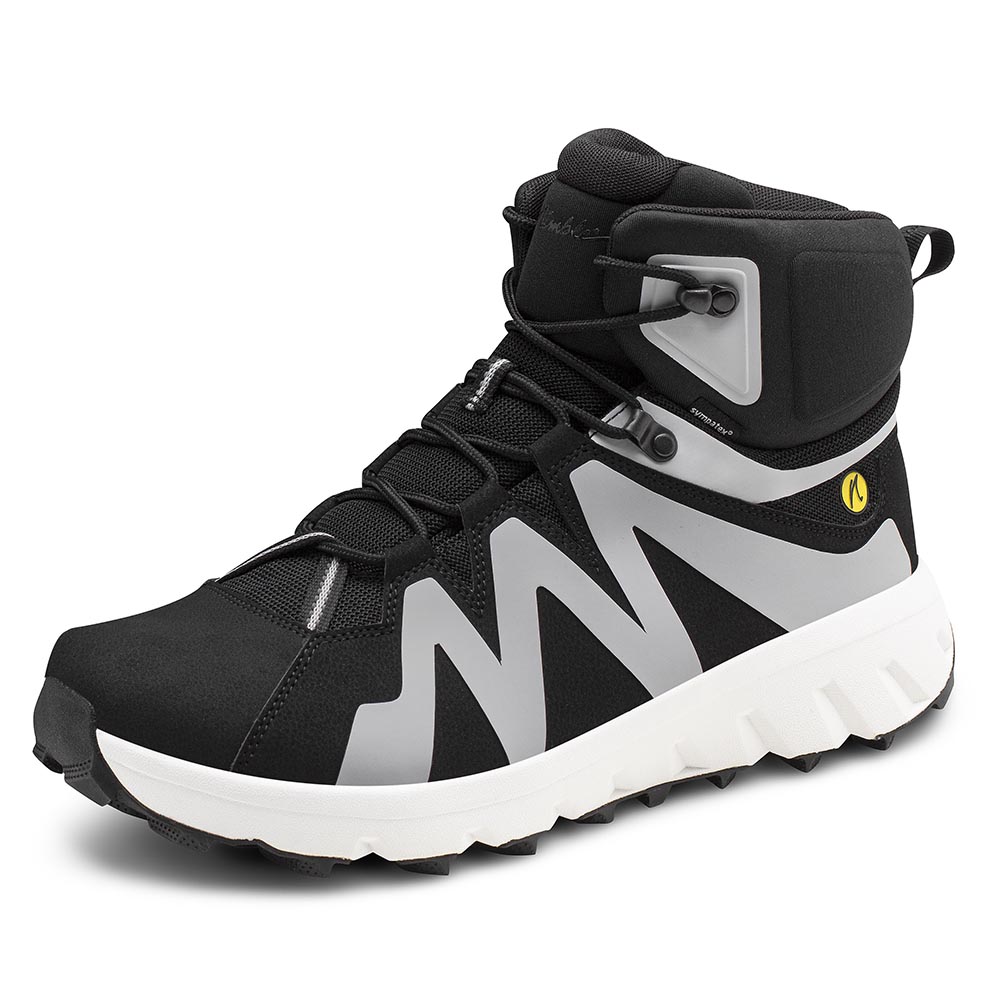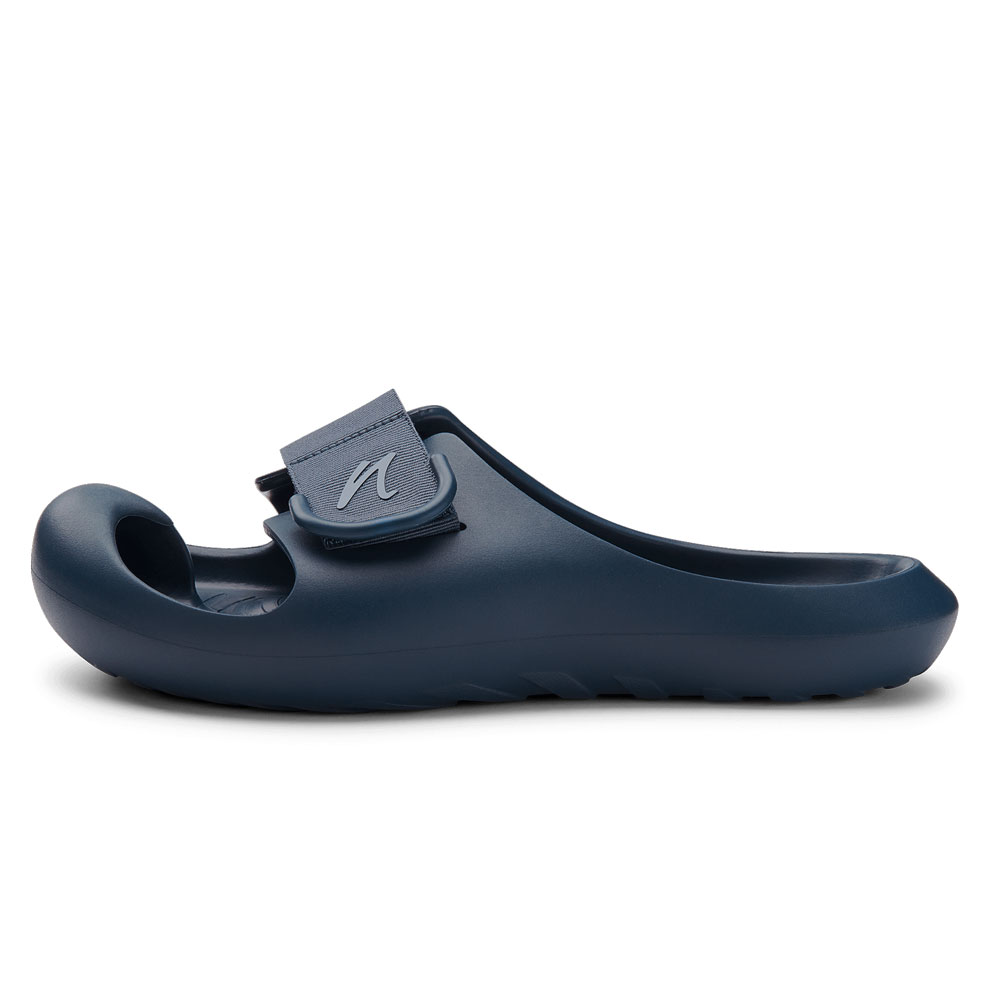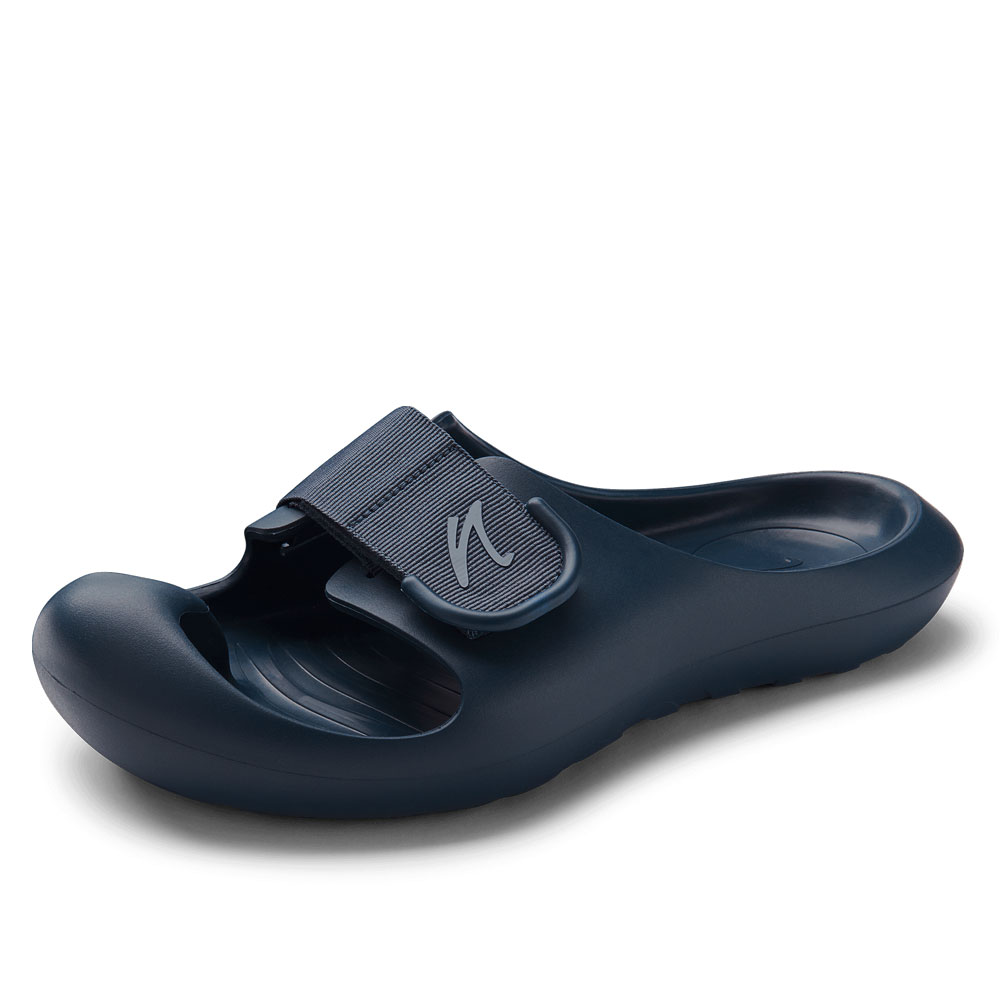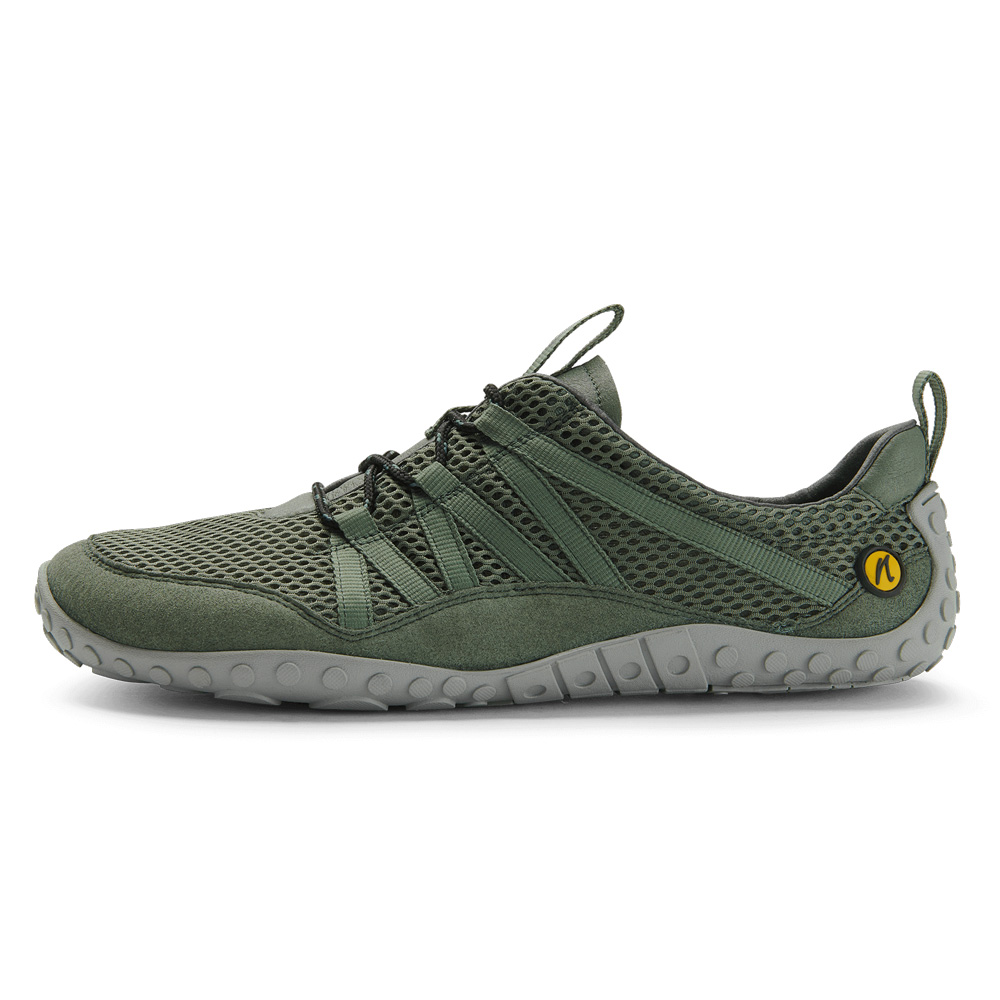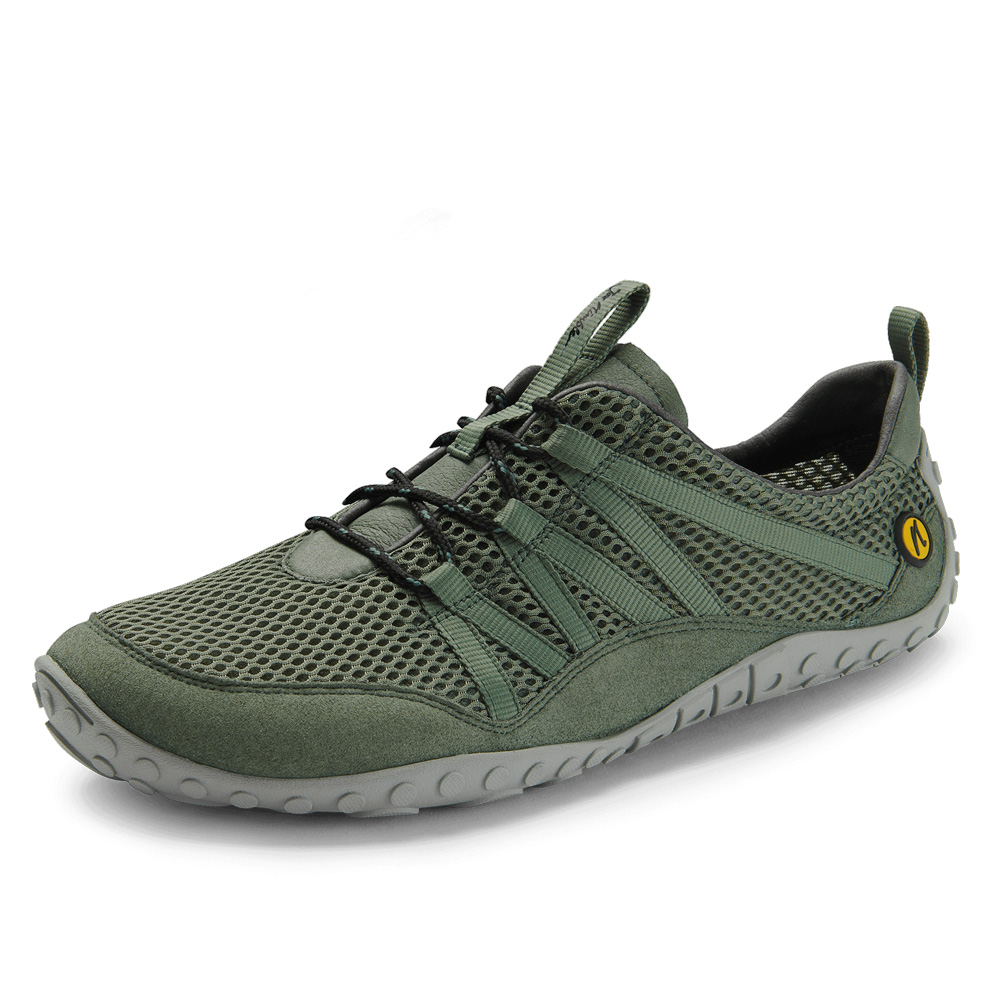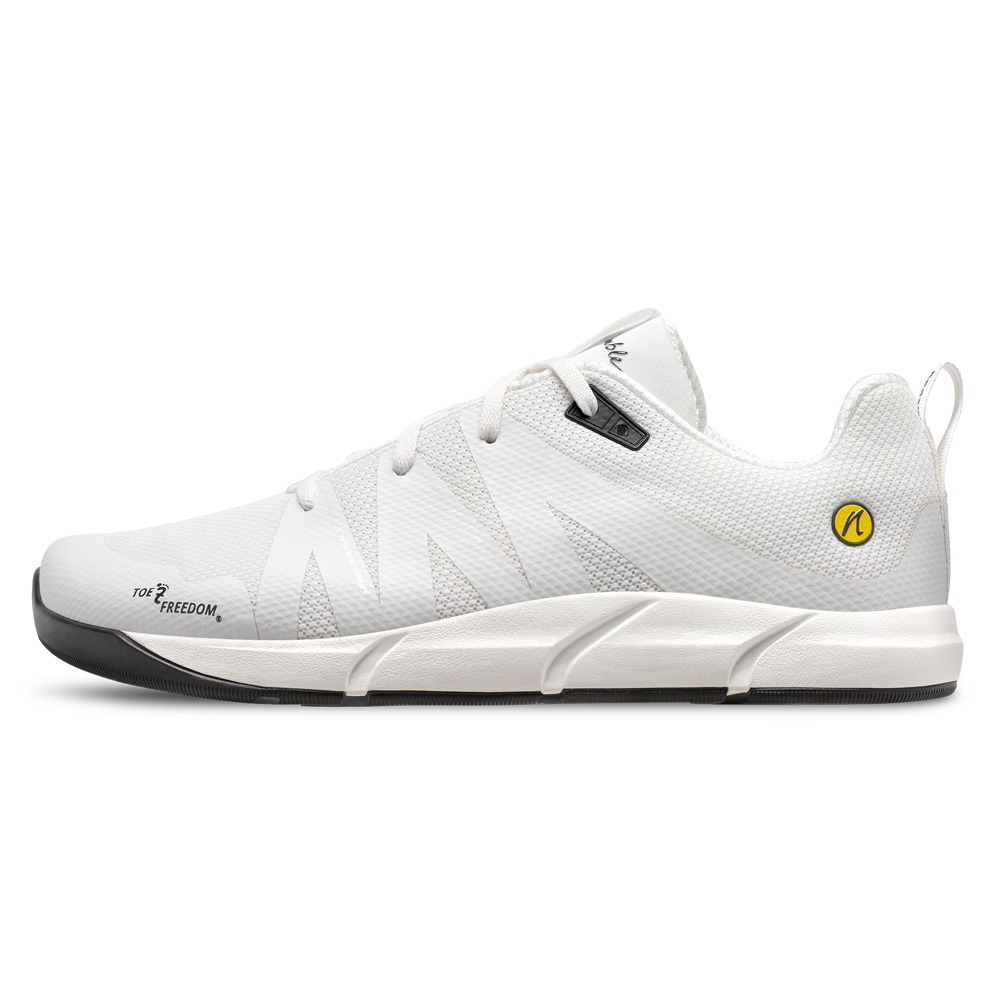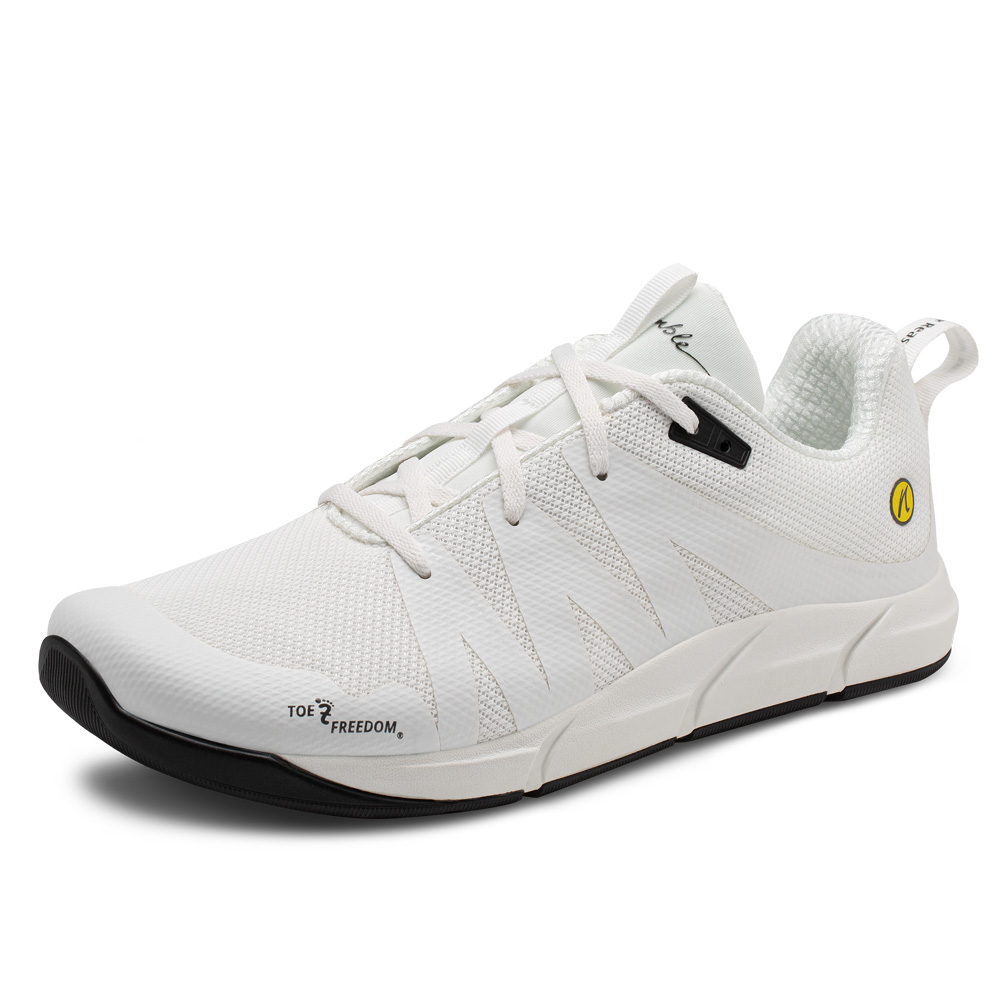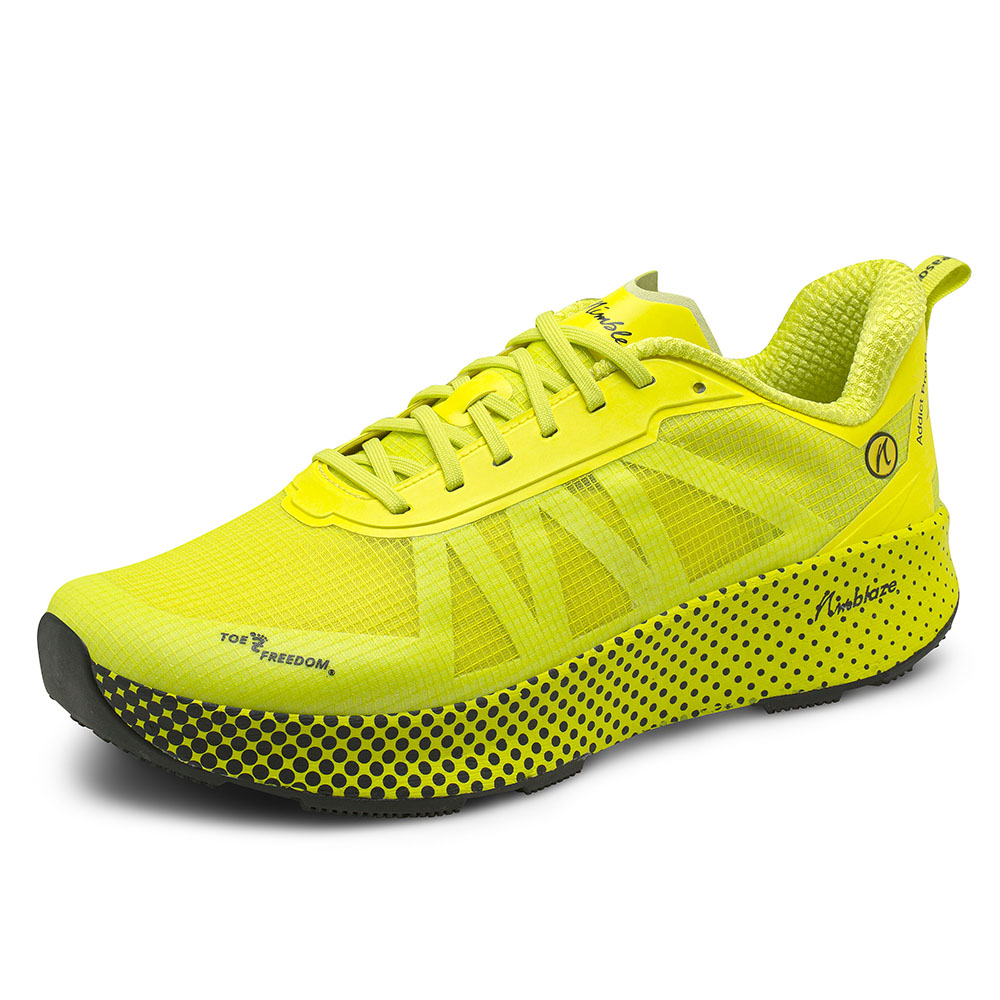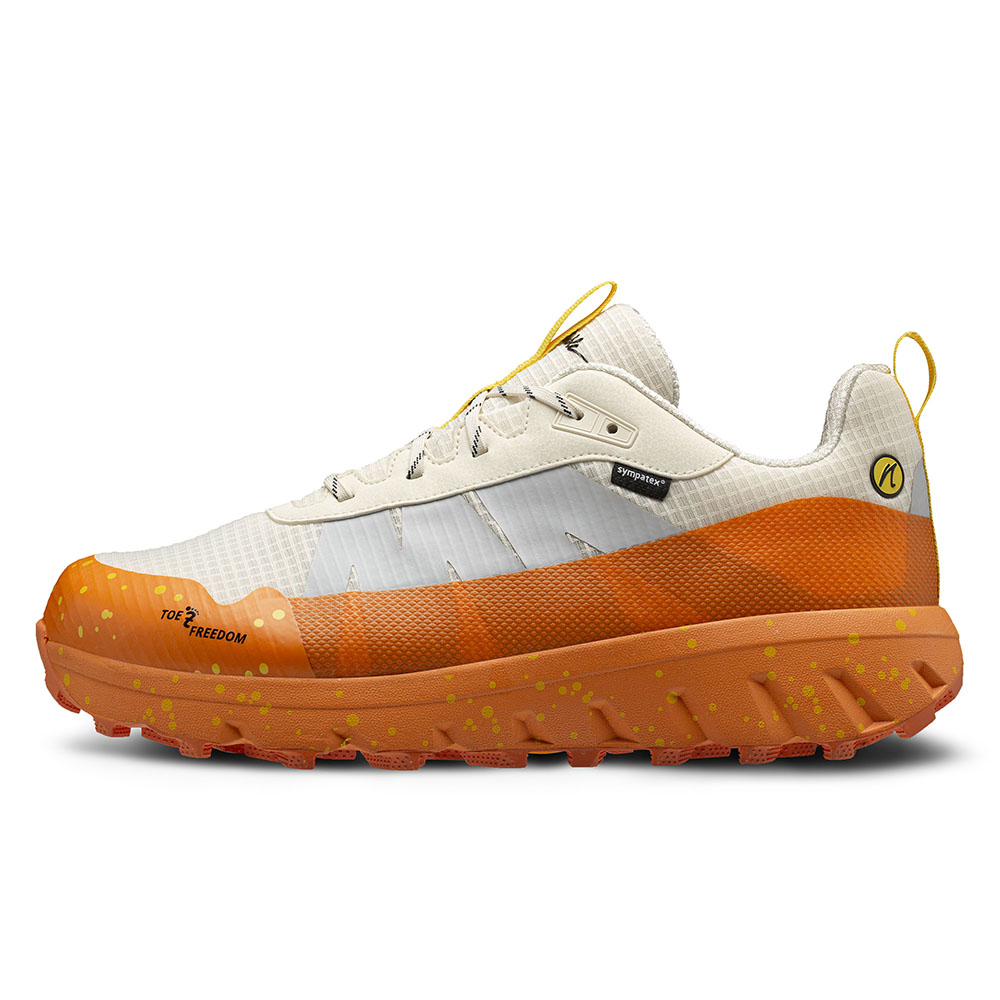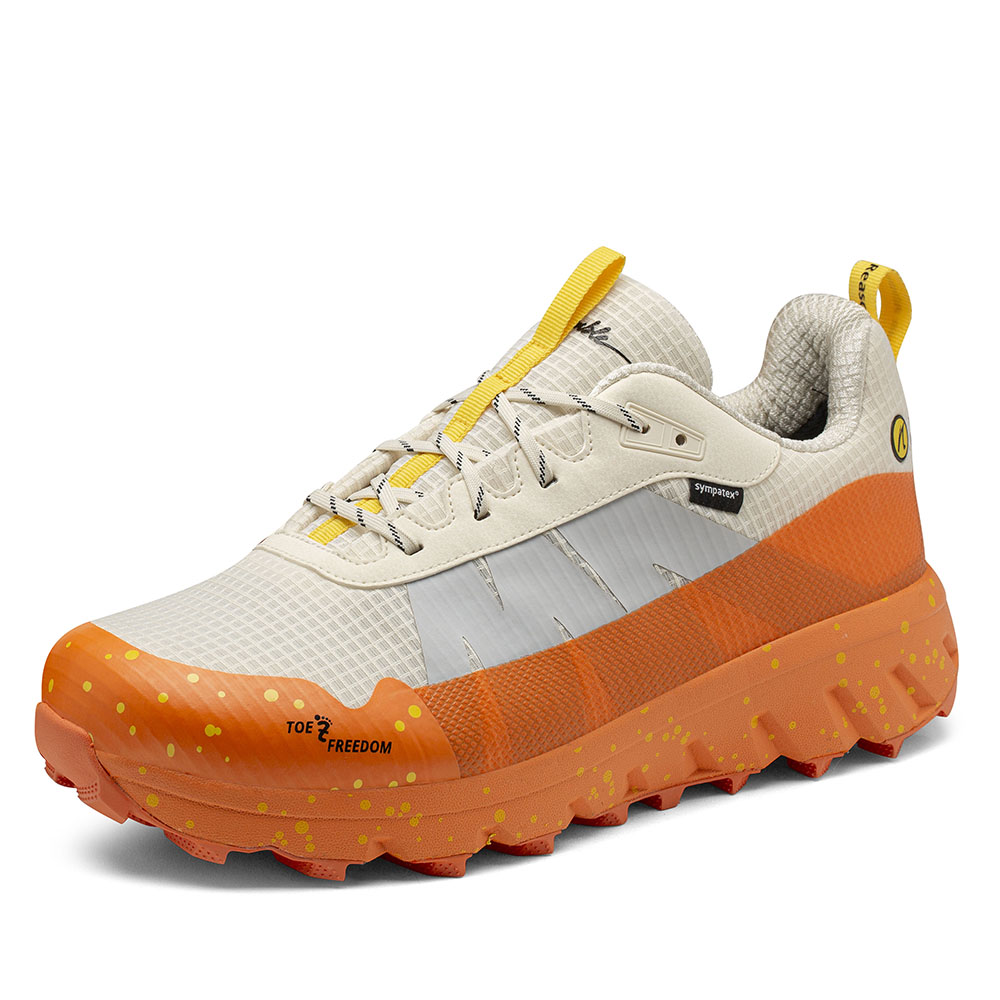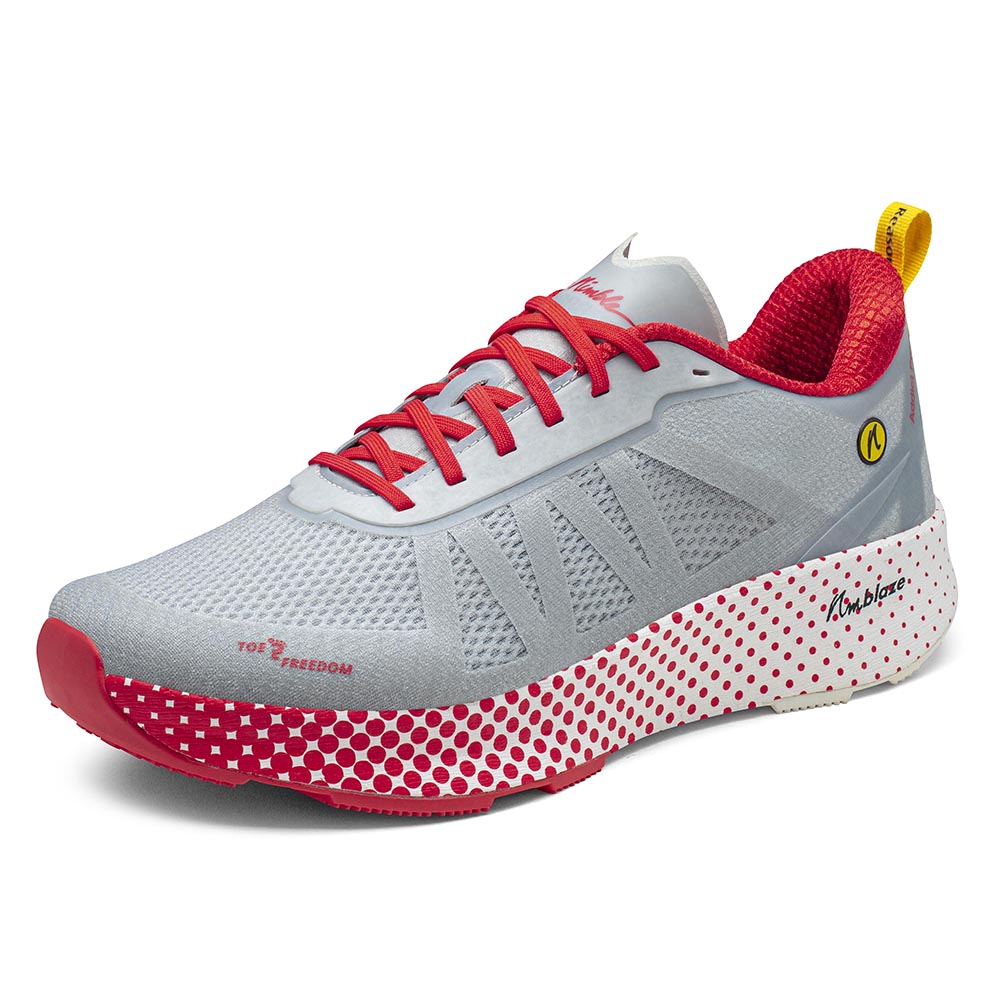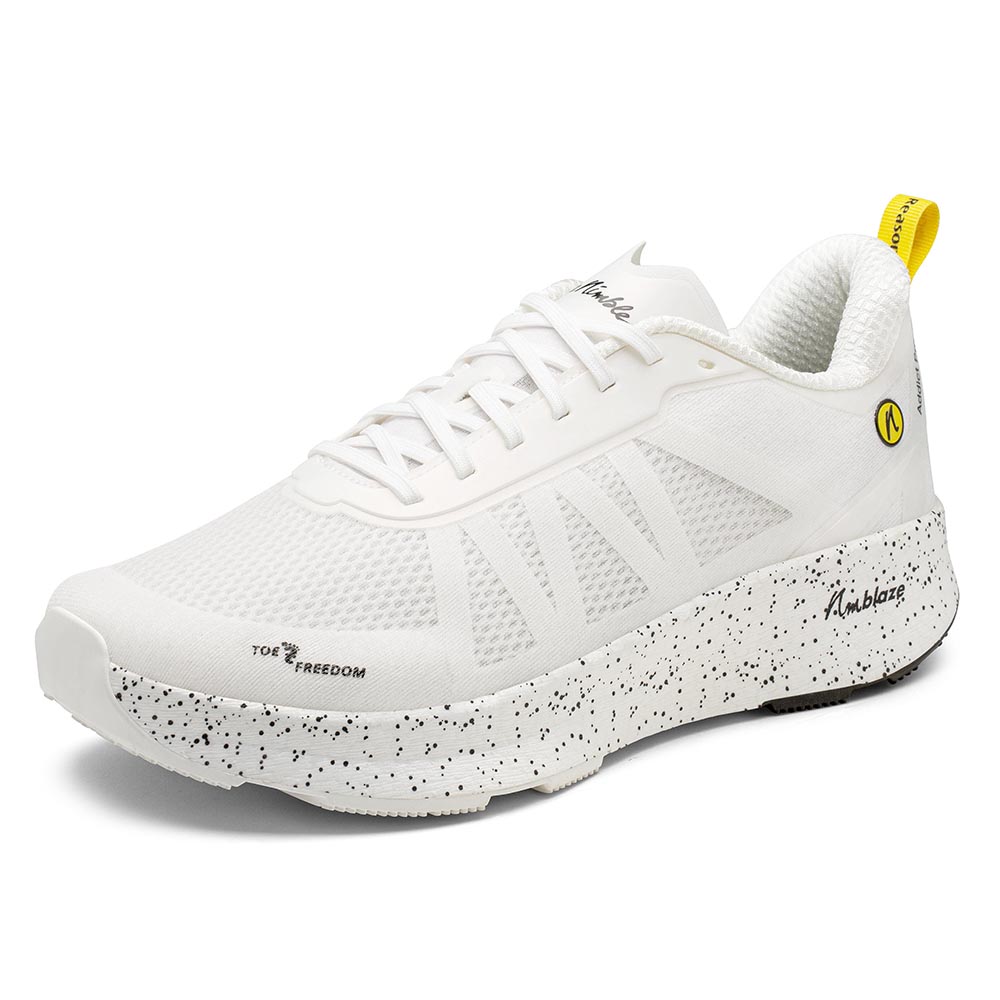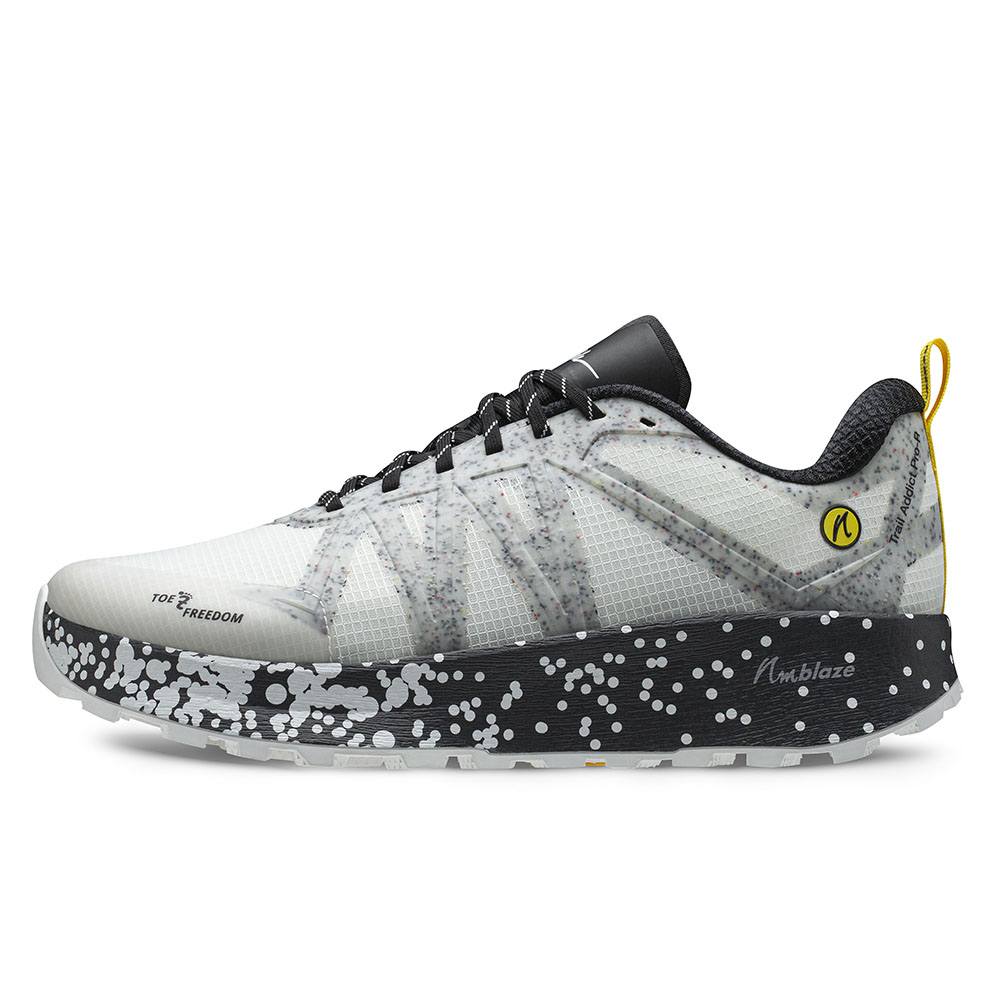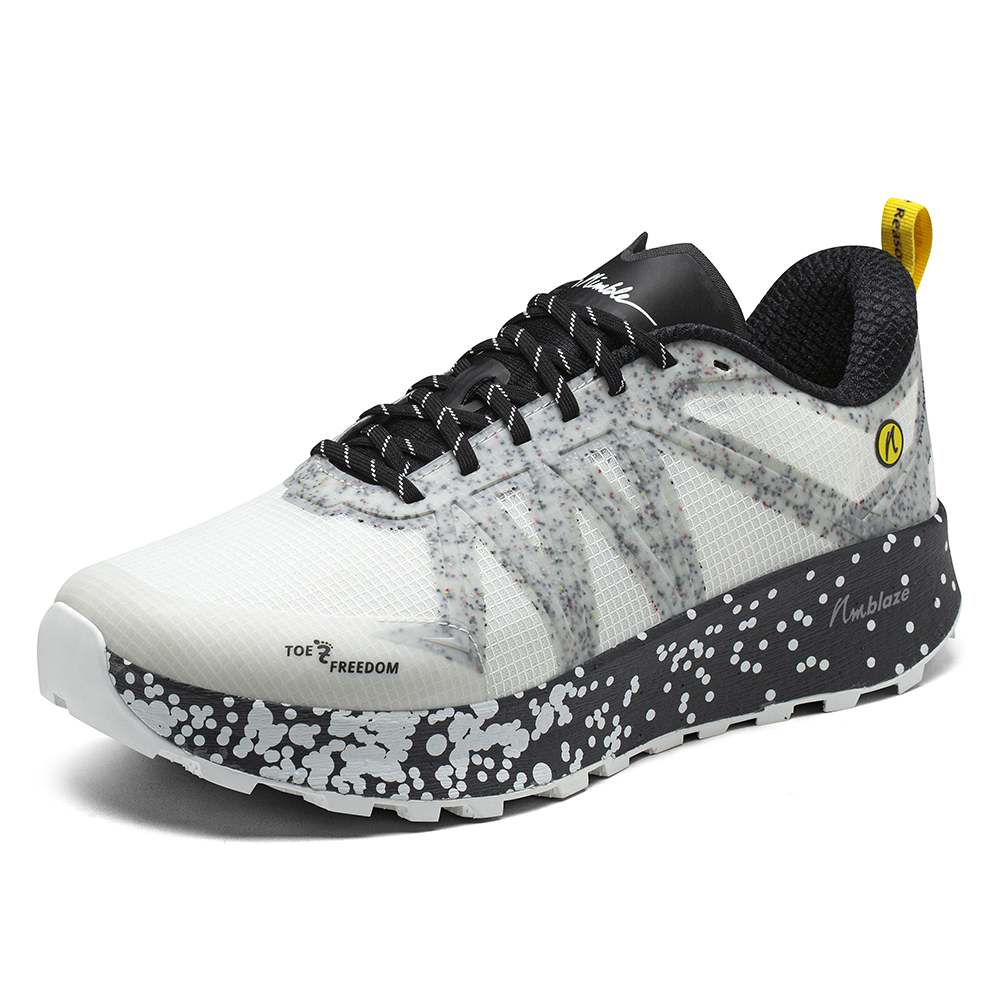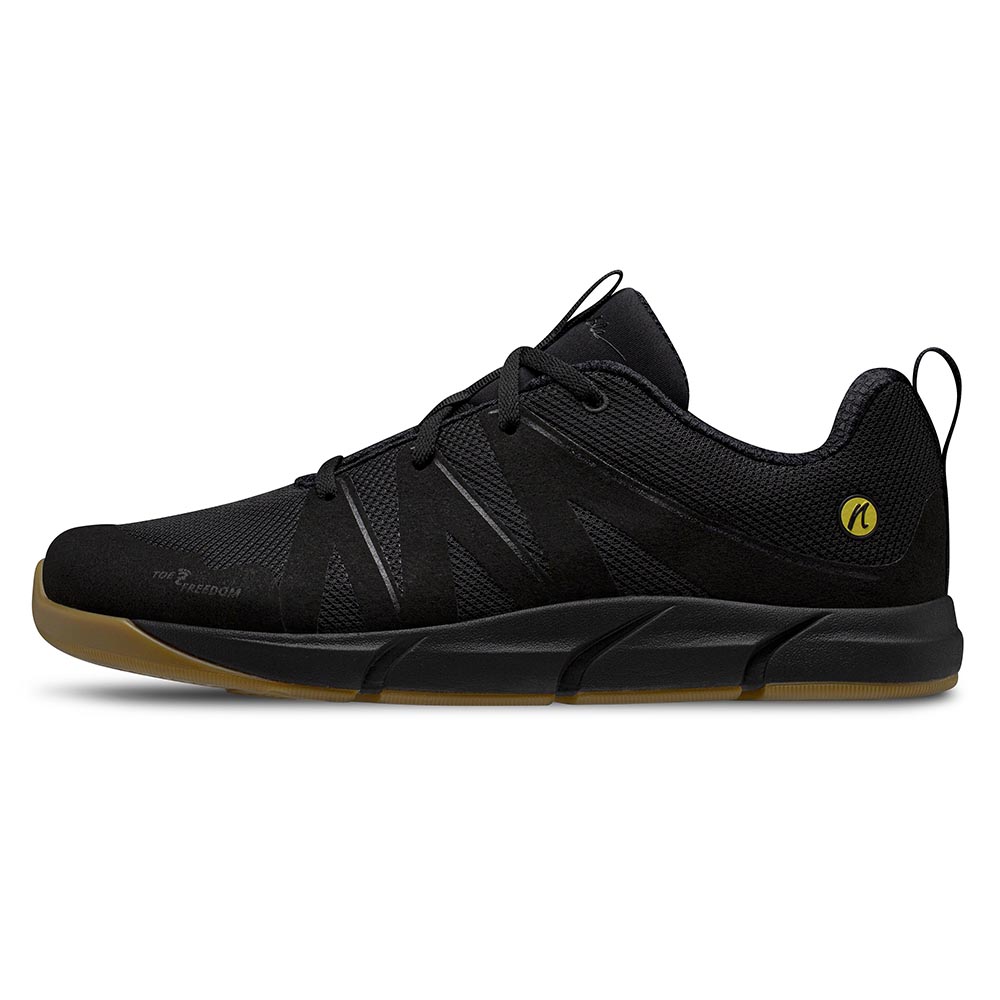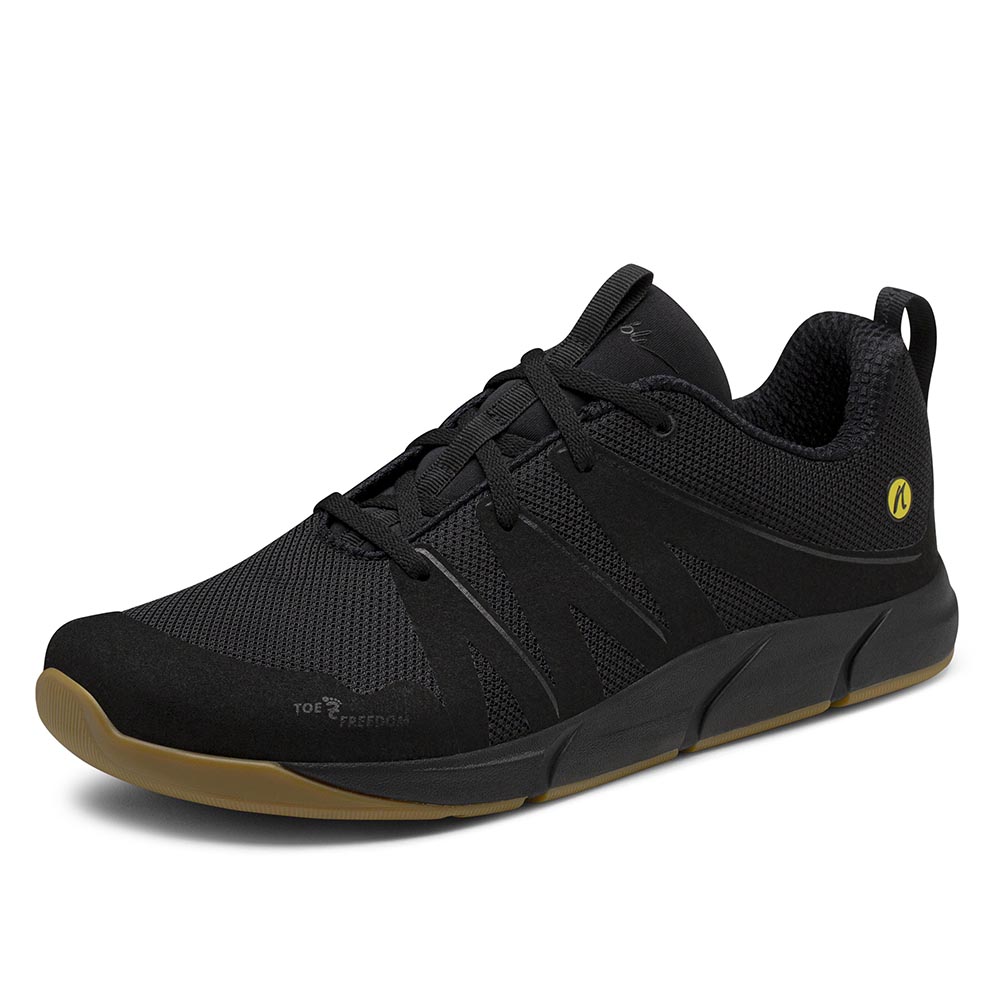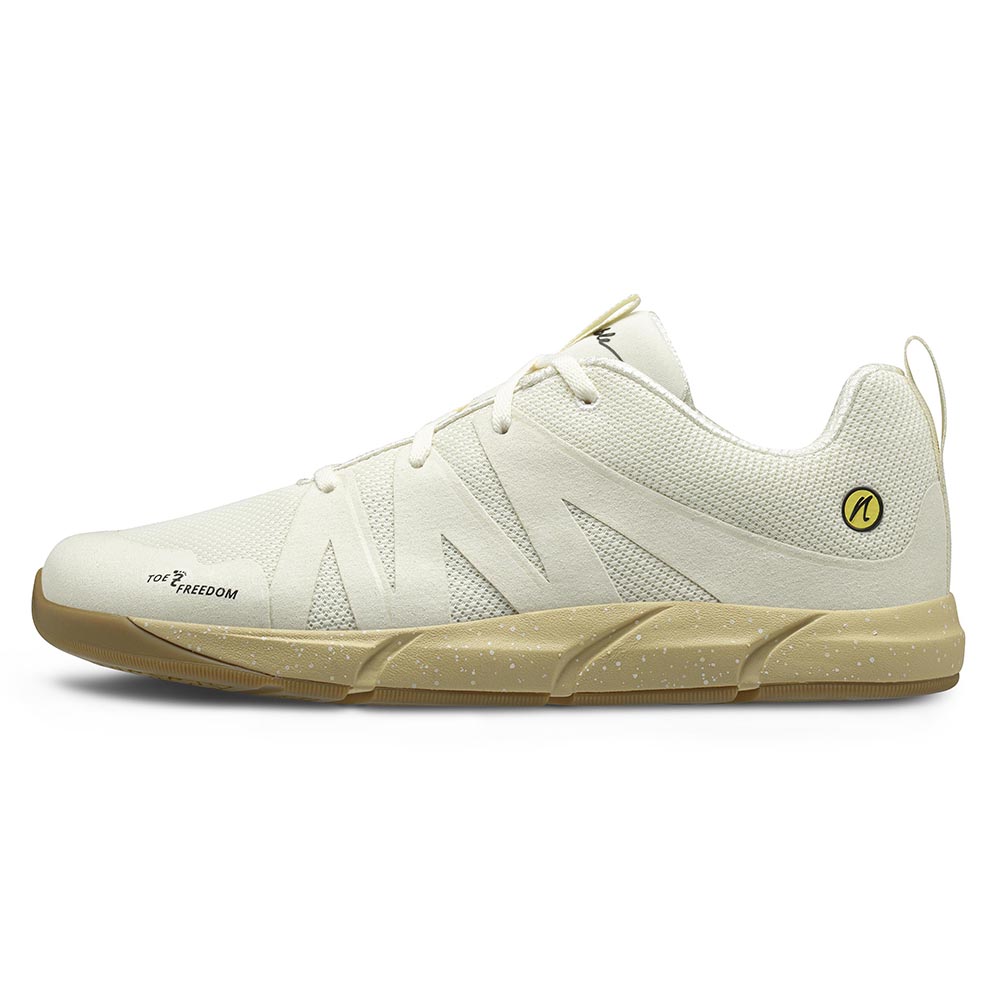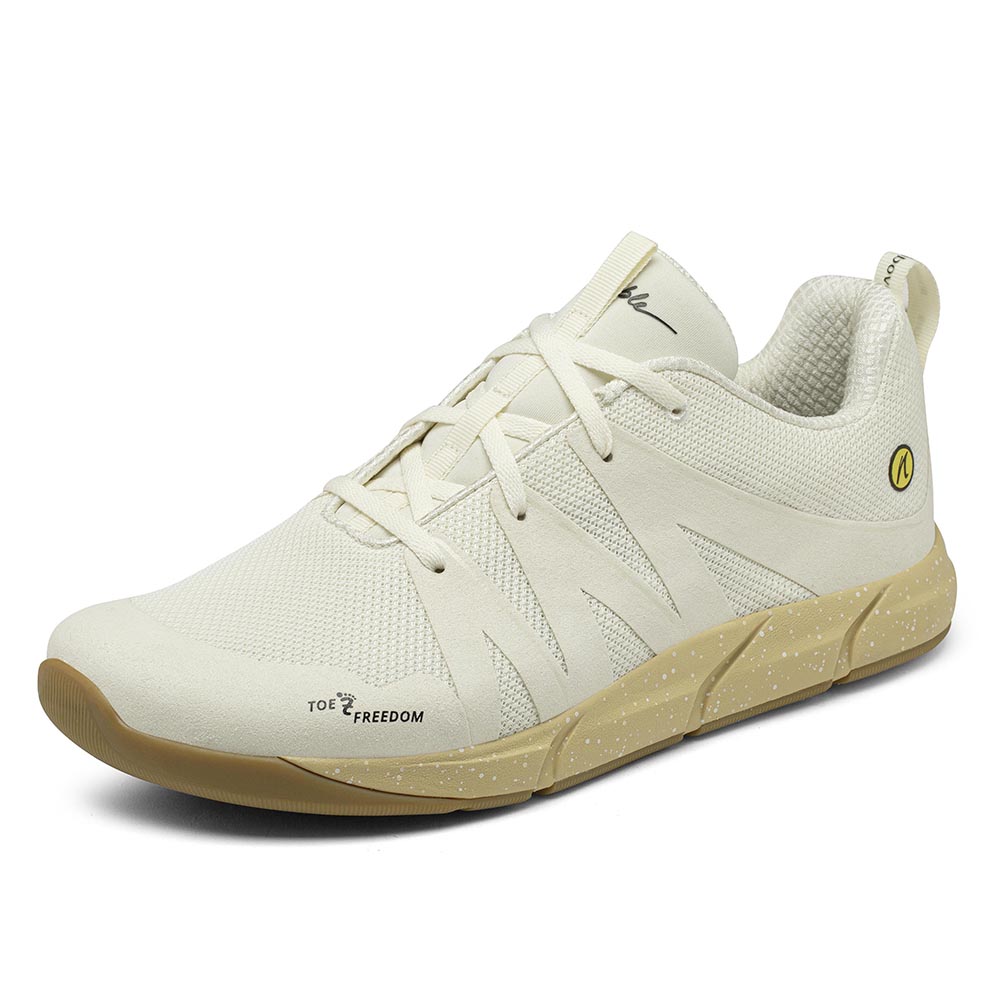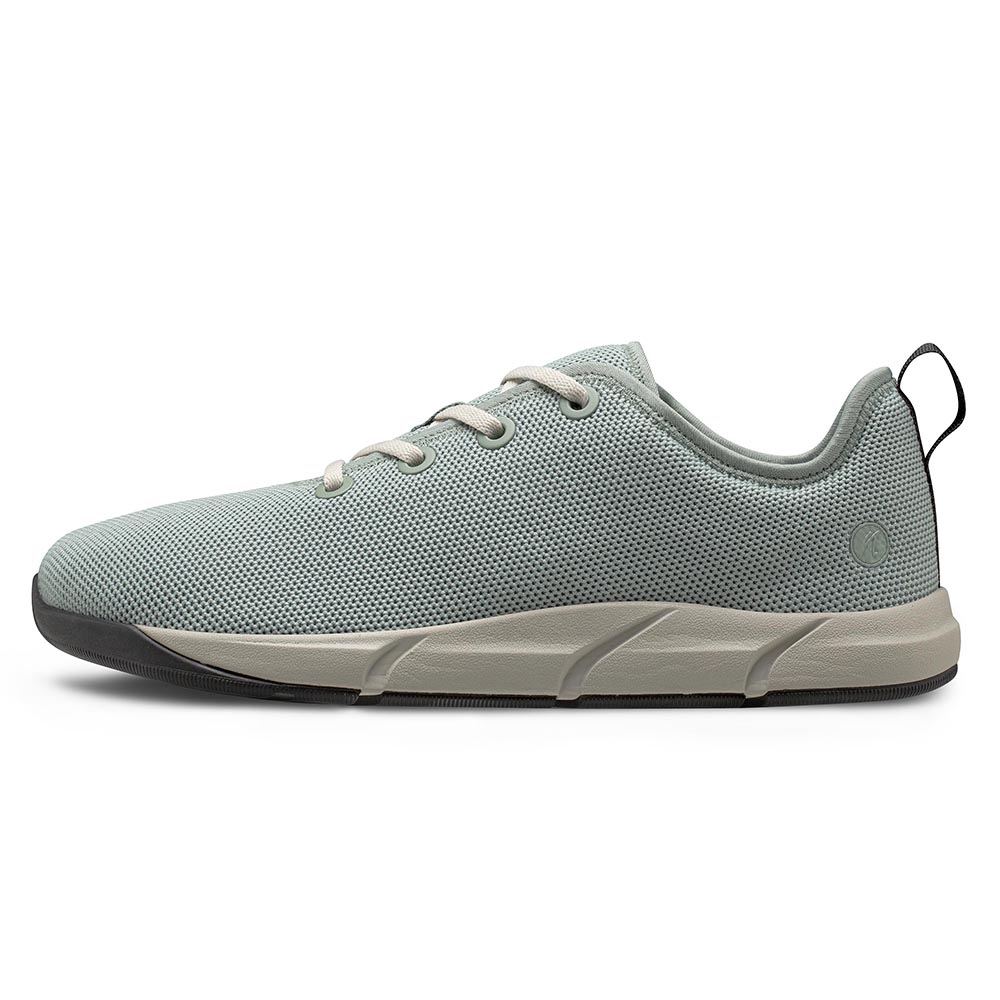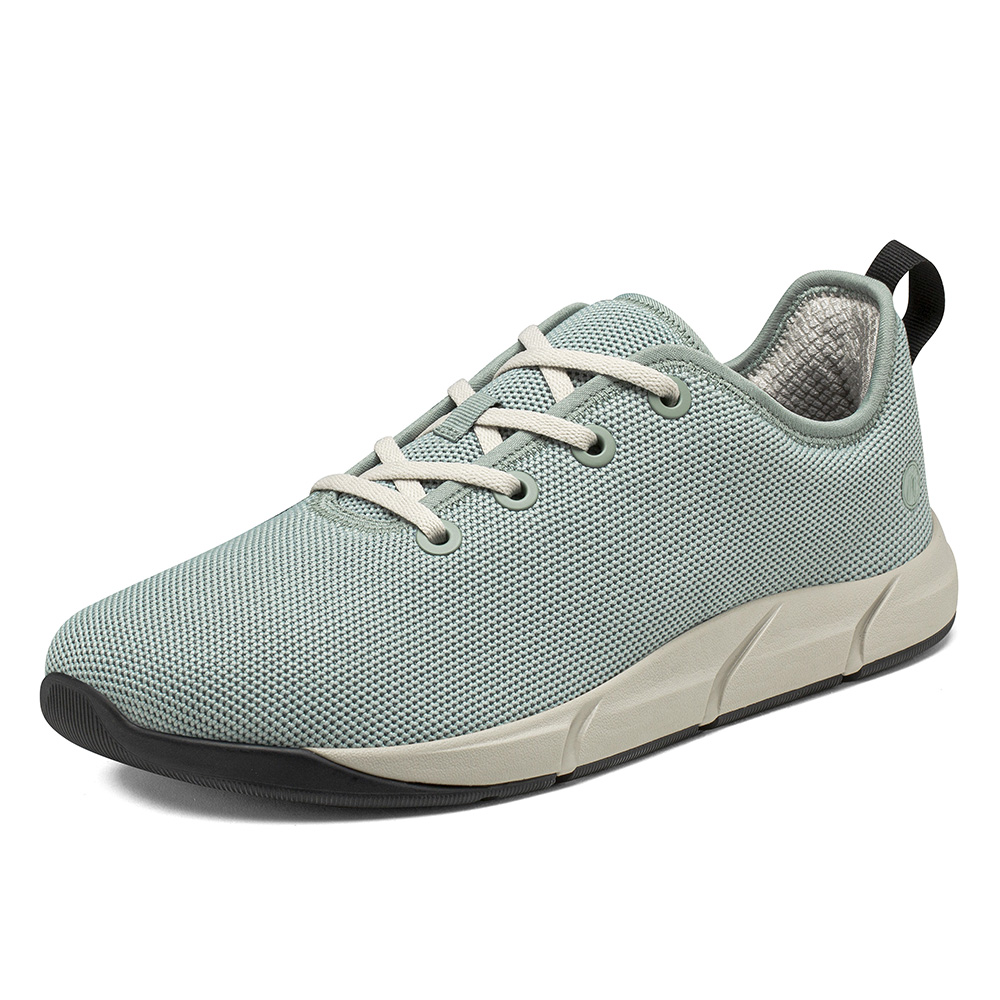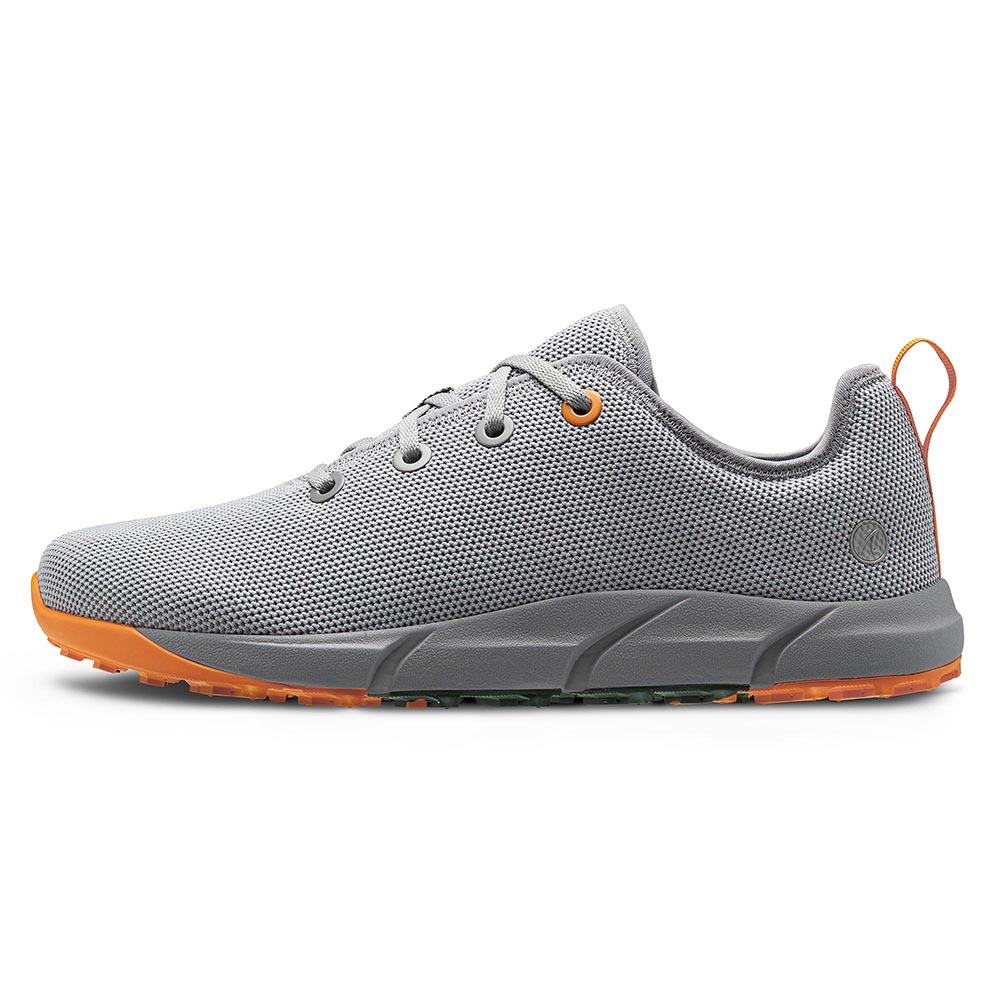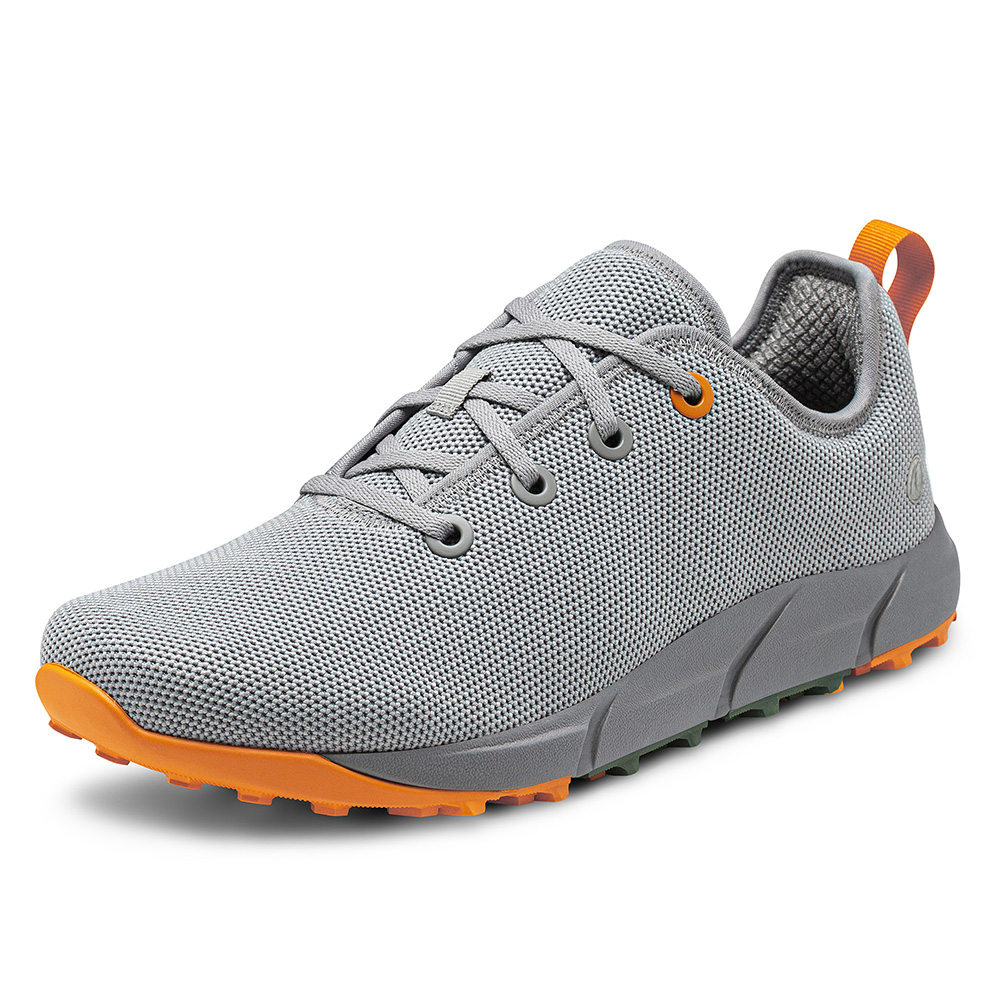Your big toe is crucial for running
Big Toe Power Training
Think of your body during sport as a chain in which all the links work together. One weak link in this chain makes the whole chain weak. When running, the weakest link is often your big toe. This is not because it is weak from birth, but because we often lock it up in tight shoes and don't train it, so it loses its strength.
None of this is a secret! Orthopaedists and many running coaches warn against it. Shoe manufacturers are also aware of this, but still produce running shoes that don't address the problem, but make it worse.
We will now explain what this means for you.
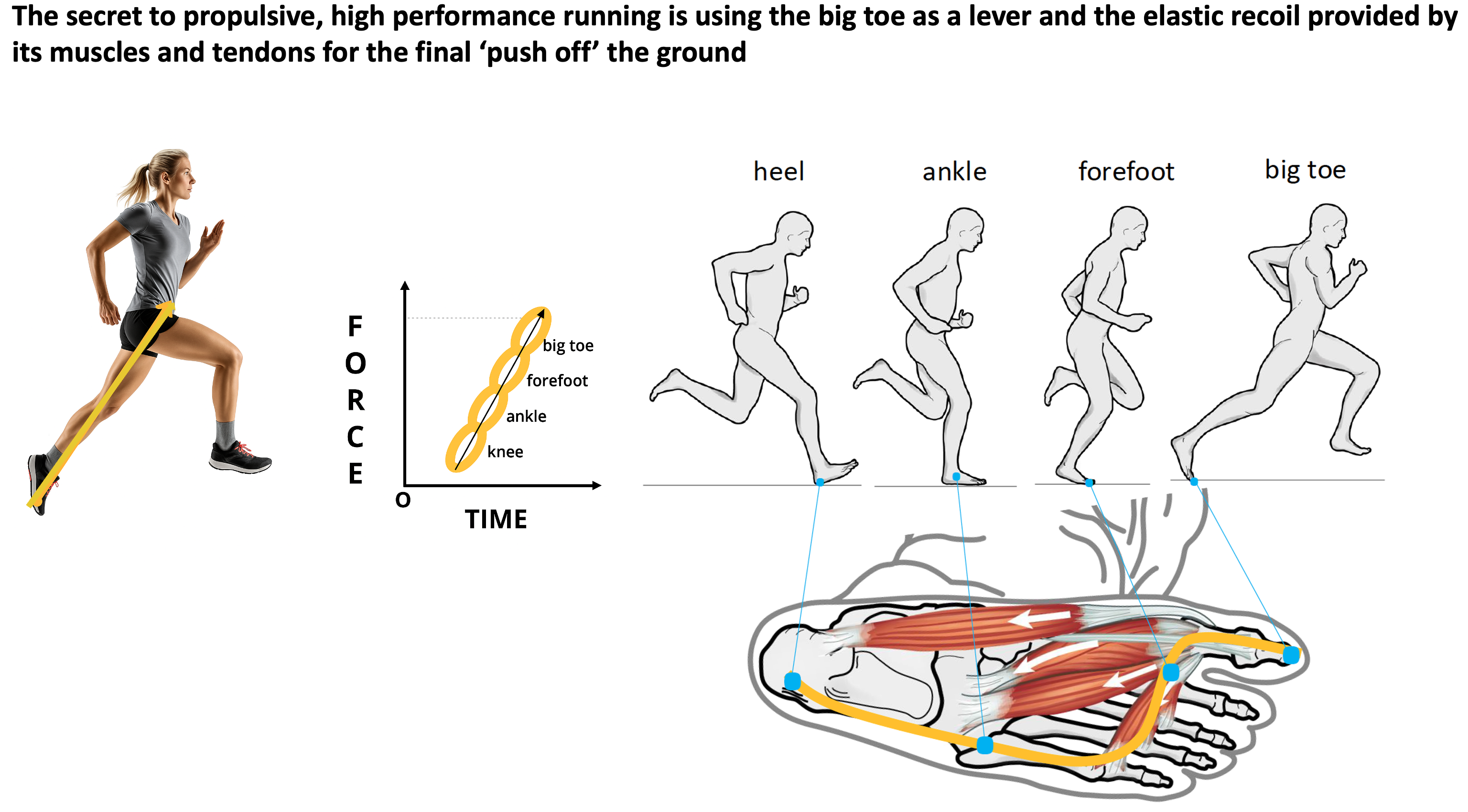
Why your big toe is so important when running: the end of the chain is the beginning of the problem

Imagine that every powerful movement you make - whether running, jumping or sprinting - is like a chain that transfers force from your body to the ground. Your big toe, or more precisely the joint on the ball of your big toe, is the very last lever in this chain. It is decisive for how well you can push off the ground and how much energy you can use to do so.
- straight: This means that it is not in line with the bone in your midfoot.
- is strong: This means that it cannot stiffen and hold the force when you push off.
- is flexible: It cannot fully stretch when you push off.
The modern foot: constricted and restricted
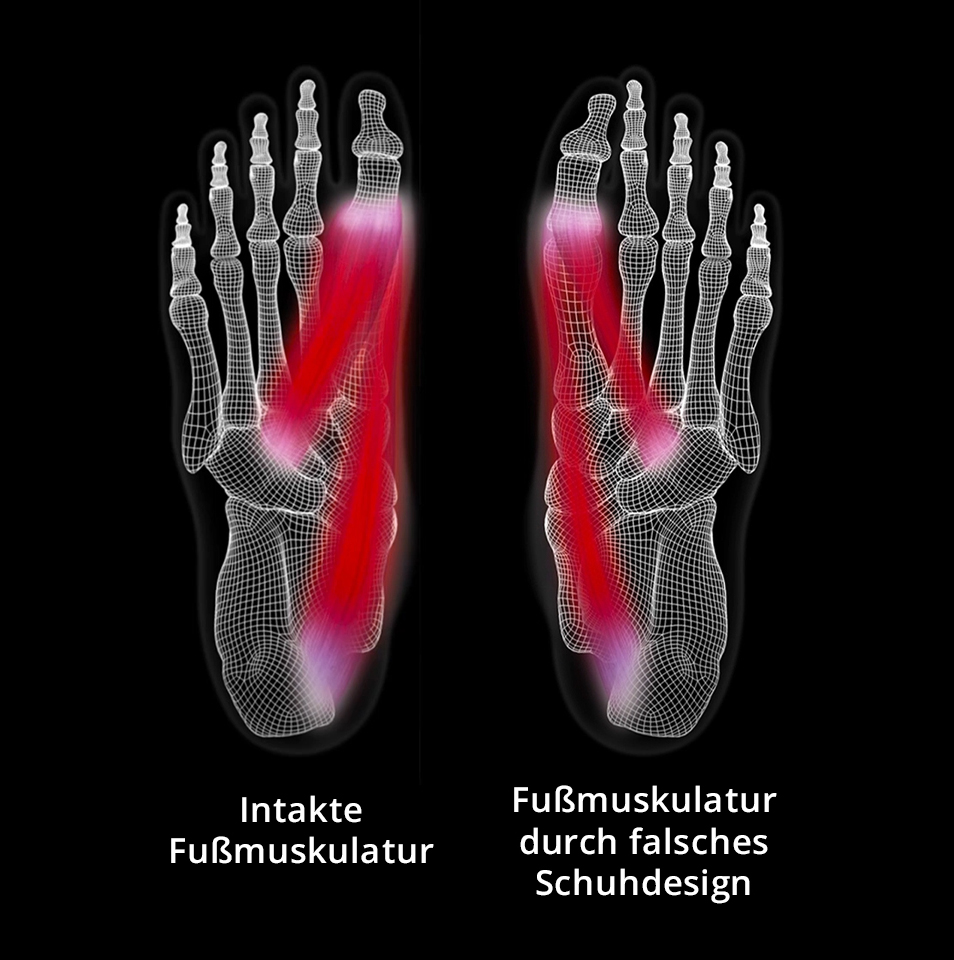
Over many years, tight, pointed shoes, arch supports (insoles) and generally too little movement have changed our feet. Your big toe, which should actually be straight, is often pushed inwards. It loses its mobility and is literally ‘switched off’ - your brain can no longer control it properly.
- Your foot becomes less stable.
- Your arch can collapse.
- You can no longer move forwards as efficiently.
- You tire more quickly.
- Unfavourable movement patterns can develop permanently in your knees, hips and lower back as your body tries to compensate for the problem.
The solution: realign, strengthen and mobilise your big toe
Only use the Big Toe Spacer under load - when standing, walking or doing sport. Boost the effect with targeted exercises. Here is your Big to rebuild the Big Toe lever and trigger a real increase in performance:
1. Neural networking (toe yoga)
2. Stretching the big toe at the knee
3. Toe rock drill
4. Big toe plank (wall version)
5. Big toe sprinter
6. Big toe seat
Conclusion: Without a straight, strong and flexible big toe, there is no full power
A healthy big toe means:
- Straight: The force is channelled in the right direction.
- Strong: You can utilise your entire strength.
- Flexible: You have a full range of motion for a powerful push-off.
Take training your big toe just as seriously as training any other part of your body. Remember: A chain is only as strong as its weakest link!
